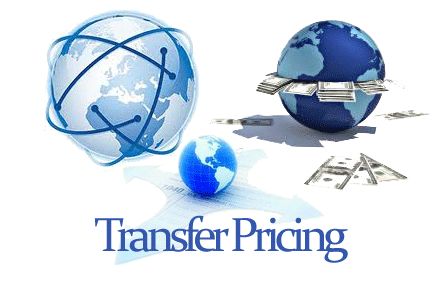There are a number of ways to calculate transfer pricing, but the most common method is cost-plus pricing. This method takes into account both the direct costs of producing a good or service and the indirect costs incurred in bringing that good or service to market.
Another common way to calculate transfer pricing is based on the concept of marginal cost. To find more about transfer pricing then visit https://intangibleroyalty.com/.

Image Source: Google
Marginal cost tells you how much more a company would have to spend to produce one additional unit of a product or service. Transfer pricing is the process of determining the cost of goods sold (COGS) for a business by attributing costs to different locations.
The goal of transfer pricing is to ensure that a fair value is assigned to goods and services produced in different locations. There are three main methods used to calculate transfer prices: cost-based, proportional, and comparative.
Cost-based methods use actual production costs as the basis for calculating transfer prices. Proportional methods use relative labour or material costs as the basis for calculating transfer prices. Comparative methods compare two or more producing locations and use the one with the lowest cost as the basis for transferring value.
There are a few steps you need to take to calculate transfer pricing. The first step is identifying the relevant costs. You need to identify the direct and indirect costs involved in producing and selling your product or service. Then you need to determine the value of those costs in order to calculate transfer prices.
